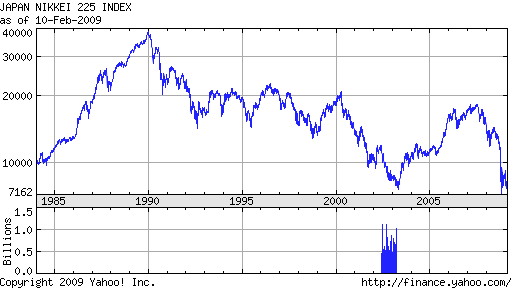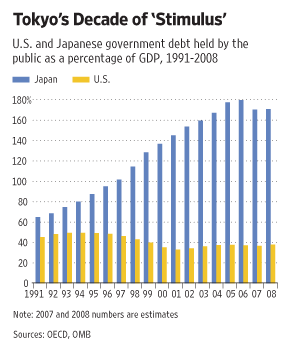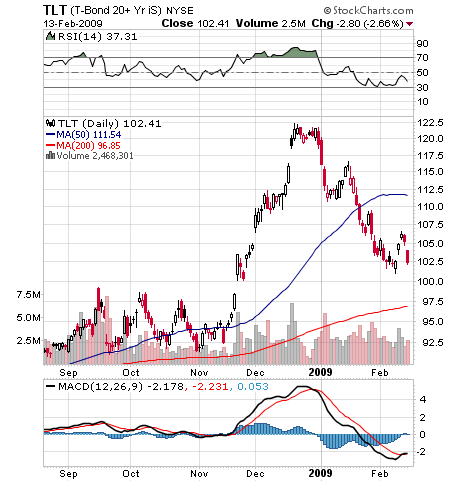Large Benefit For First Time Homebuyers
The stimulus bill (American Recovery and Reinvestment Act of 2009) recently signed into law provides a large incentive to first time homebuyers. The purchaser of a principal residence made on or after January 1, 2009 and before December 1, 2009 is allowed up to an $8,000 tax credit.
Some of the key features of the tax credit are as follows:
-the credit may be taken on either the 2008 or the 2009 federal tax return. By allowing the credit to be taken on the 2008 tax return, a homebuyer can realize the $8,000 tax credit this tax season instead of waiting until next year. Since the amount of the credit varies based on income levels, this factor should be considered prior to deciding what year to take the tax credit.
-the tax credit is based on 10% of the home’s purchase price. To obtain the full $8,000 tax credit, the purchase price would have to equal or exceed $80,000.
-there is a claw back provision on the tax credit if you sell the home within 3 years of the purchase date. The amount of the tax credit that would have to be paid back is reduced if the gain is less than the tax credit taken. For example, if the house was sold in less than 3 years for a $15,000 gain, the entire tax credit would have to be repaid. If the home is sold for a loss, no repayment of the tax credit is required.
-the amount of the tax credit can be reduced or eliminated based on income. If adjusted gross income is $75,000 or less for single filers or less than $150,000 for married couples filing jointly, the full credit is allowed. For purchasers with income above these levels, the tax credit is reduced. The tax credit is completely eliminated for income levels exceeding $95,000 for single filers and $170,000 for those married and filing jointly.
First-Time Homebuyer Credit Explained
See the National Association of Realtors “Frequently Asked Questions” for an excellent summary of the tax credit plan details.



